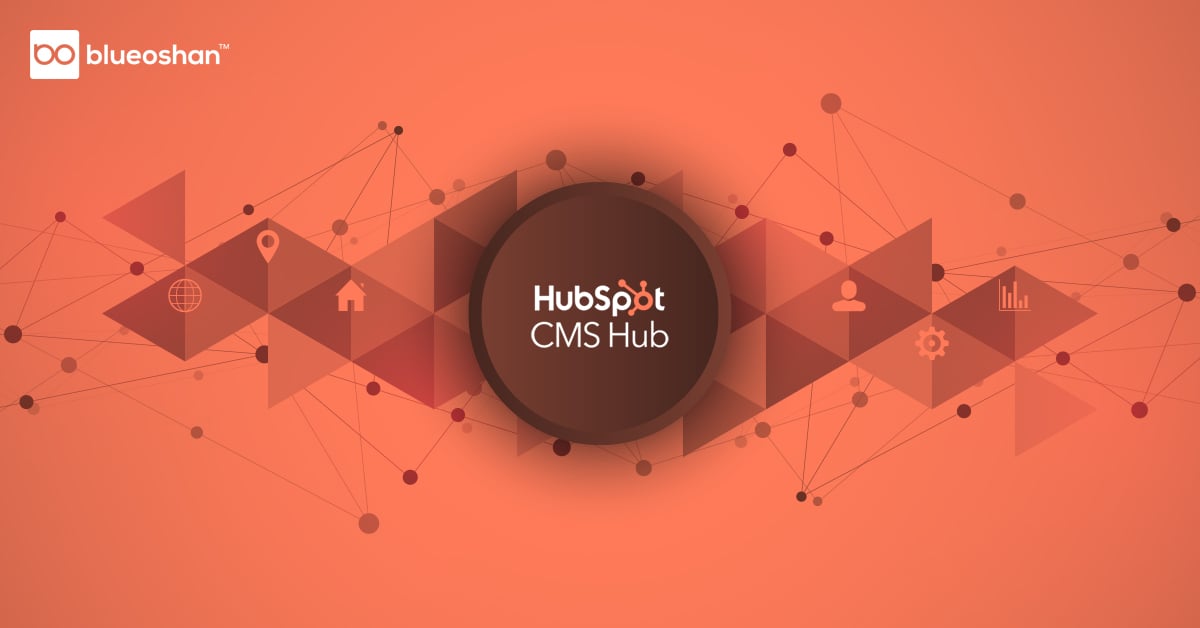Is your website a content mall or a kiosk?
December 28, 2020

People don’t linger at kiosks
How would you describe the content on your website? Strictly business-oriented? Your customers or prospects come in, find what they want, check out prices and leave or place an order. The smaller the content footprint of your site, the more it looks like a kiosk. And people don’t stay and explore at kiosks.
It discourages interaction. There is nothing to see. A routine purchase instead of something new each time. You know that kiosks have limited shelf space and limited stock – and that’s what you convey to visitors, even if you are actually a large company with a fixed product range.
People won’t read every article or post on your website. But they find it reassuring when you have more to tell them than they know. Not having much to say about your own products promotes the impression of a company that does not prioritize quality and depth.
Without content, you won’t expand your base of prospects.

How will you appeal to new customers? Or let people who aren’t interested today but can become customers later know more about your products? The only way is to keep creating content.
You do this all the time when you meet prospective customers in the course of your work. You give them product and market information, swap stories, and let them know about new things you are working on to improve your products. Maybe that conversation went on to generate a new order for you. Or strengthened the commercial bond.
If you have 100 customers, you have to have a hundred conversations to achieve the same result. Your website works precisely the opposite way. In one shot, you can tell all your prospects more about your product, the business and the market. Reach everyone interested, even marginally, in what you do. And over time, they look forward to knowing what you’re doing next.
Stock your website well.

Do you see retail stores with empty shelves? What is the impression customers get? One of the reasons stores are loaded with products is to convey the impression of abundance – even if you buy only what’s important to you.
Conduct a check of your competitor’s websites. The ones with the best content are probably the category and market leaders. That’s the simple foundation of content marketing. Getting people to visit a site with minimal content will prove increasingly difficult over time – and more expensive.
You have to spend on campaigns simply to drive traffic, and your ad budgets have to keep going up every year. Or, you have to drive interest with discounts, and that is not a long-term strategy for success.
How do you build a mall of content?

It won’t happen overnight. The only way to do it is to keep adding to it regularly. Look at a simple example.
If you can generate 250 words about your products five days a week, that works out to 50,000 word a year. It’s a whole book about your product range.
It’s not hard to do once you set your mind to it and tackle it one step at a time. The operative word is consistency and persistence.
There’s no point in writing one long article every three months. That's four new pieces of content every year.
To build a mall of content, you have to look at the whole market for your products, how customers use them, what problems they solve, and how you are improving the product range feature by feature.
No customer will read all the content on your site. Do you read all the books in a library or even attempt to? But you like spending time there because it enriches you.
The mall of content will keep visitors coming back like visitors to the mall who take a look around even if they don’t buy every time they visit. It also keeps them from shopping at your competitor sites because your brand remains at the top of their minds.
With CMS Hub from Hubspot, that’s exactly what you can achieve.
At BlueOshan, we have been working with HubSpot’s CMS Hub for a while, and our design and development skills have grown manifold over time. Whether you are planning an existing installation or a new one, our CMS consultants will be happy to support you.

Venu Gopal Nair
Advertising and Branding Specialist, CEO - Ideascape Communications, A professional journey through the tumultuous years of advertising and communication, starting in 1984. Started out in the age of print, saw the changes with the entry of satellite TV and the momentous transition to digital. Advertising and branding today is vastly different from its practices in the 20th century and the last two decades have seen dramatic changes with smartphone domination. As a Creative Director turned CEO, making the transition personally and professionally has been a tremendous experience.
Related Articles

December 7, 2020

December 21, 2020

